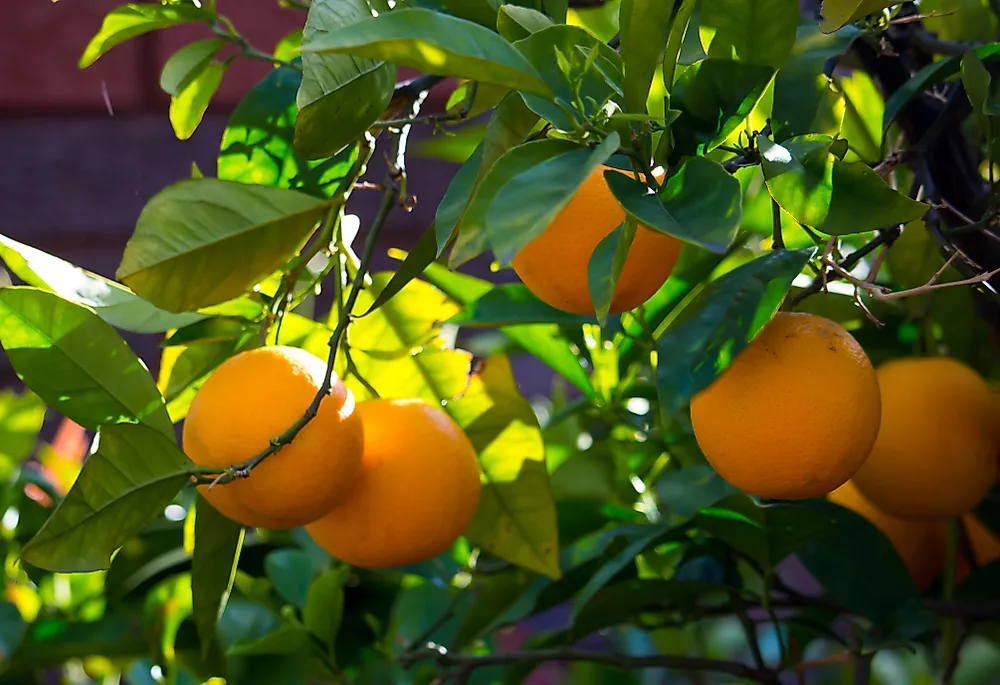What Is A Fruit Salad Tree?

A fruit salad tree refers to a tree that bears up to eight different related fruits. Experts create fruit salad trees through grafting fruits within the same family. It is currently not possible to graft unrelated fruits like oranges, bananas, and apples on the same tree. The fruit salad tree was an idea coined by James and Kerry West in the early 1990s. The Wests are natives of Australia. Consequently, the first fruit salad trees were successfully grown in Australia. However, over time, people have shipped the trees to other parts of the world. The fruit salad trees can either be grown in an open field or in pots.
Types of Fruit Salad Trees
There are four main types of fruit salad trees namely the stone fruit, citrus, multi apple, and multi nashi. The stone fruit is a tree that has a combination of plums, apricots, peaches, and nectarines. It does well in warm climates. The citrus fruit salad tree, on the other hand, produces lemons, grapefruit, oranges, tangelos, pomelos, mandarins, and limes. Besides the stone and citrus fruit salad trees, there is the multi apple tree which produces a variety of apples such as the green, yellow, and red apples. Finally, the multi nashi tree is a salad tree that produces various kinds of Asian pears.
Advantages and Disadvantage
A significant advantage of the fruit salad tree is its convenience. This is primarily due to the space required to grow the trees successfully. They help in maximizing the small garden spaces that people have in their backyards. Secondly, one has the liberty to choose the kind of fruits that they would like to grow in their gardens. Hence, the trees end up producing their favorite fruits. Thirdly, since the fruits ripen at different periods, the fruits are ready for consumption at different times. Hence, there is a constant production of fruits.
One disadvantage of the fruit salad tree is that it cannot grow unrelated fruits such as banana and apples on the same tree. Secondly, an individual should learn the grafting process if they are to succeed in growing fruit salad trees.
The Process of Growing Fruit Salad Trees
The first step in the process of growing fruit salad trees is to soak the tree overnight in a bucket full of water. Secondly, one is to dig a big hole in the ground, spread out the roots, and dip the tree into the hole. Care should be given regarding the type of soil used for planting. If the soil is heavy clay, then one should add some gypsum to improve the quality of the soil. On the contrary, if it is sandy soil, then one should use organic compost for its amendment. Fertilizing the tree is done twice a year during the winter and summer seasons. Furthermore, mulching of the tree is recommended to preserve the soil moisture. After planting the fruit salad tree, the first fruit salad appears from 6-18 months.











